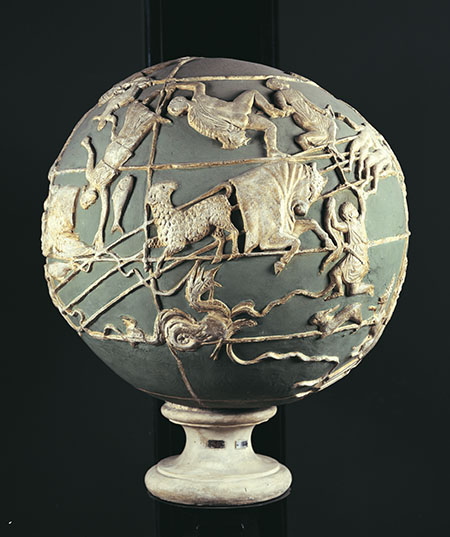
In my previous post I spoke of a leading Context Group scholar, Bruce Malina, who has a particular interest in understanding the New Testament through the minds of first or second century readers. The first chapter of On the Genre and Message of Revelation addresses at length the problem of reading the book of Revelation with modern assumptions and with only limited awareness of the thought-world of its original readers.
A striking illustration of this appears on page 104:
To call the Messiah “the light of the world” or to designate him as leader at the head of the periodic changes of the universe in the form of the constellation Aries would not be very different things.
In all my years of church attendance and piously motivated Bible study I never once thought to associate the image of “light of the world” with a heavenly constellation known to us as a “ram” (but as something slightly different in Jewish zodiacs of that time). But this is Malina’s point. In summing up his argument he writes:
In conclusion, we might note that astral lore was well known in the social world of our author.
So here is what Malina tells us about the cosmic lamb in Revelation against the background of ancient knowledge of astral lore. (I follow with Malina’s discussion of the place and purpose of literature like Revelation among the early Christians.) Continue reading “The Cosmic Lamb and the Light of the World”
